Levco offer a service to our clients that is occasionally misunderstood. Folks rarely have insurance claims on their homes so it is essential that you understand what is happening and how things typically work, lets face it this is stressful.
The way I look at home disasters be they water related, fire related, or other (which can mean a lot of things) Everyone is interested in getting things back to normal. From your insurance agent to the contractor and everyone in between.
OK the unthinkable happened and it is beyond your ability to fix it with a sponge and a pale. Or say a huge tree lands on your home or tears off your power meeter and mast, you name it, the first thing to do is admit there is a problem and that you need help fixing it or returning your home to normal. The second thing is to contact your insurance agent or the companies hot line. Establish a claim and get help on the way. Just making contact can provide much needed advice and the comfort in knowing the cavalry is on the way.
There are two parts to most insurance claims. The Mitigation and the Rebuild. Having a claim is not an opportunity to make some money…it is an unfortunate situation that for whatever reason screws up your routine and can turn your life upside down for awhile, the measure of and insurance company and those that put your place back together is how well they understand this and do everything possible to accommodate you while you are down.
MITIGATION:
The mitigation phase is when things are torn apart and dried out. Once the problem is fixed and the place is looking like a disaster area,. Once the Mitigation phase is over and the “disaster clean up” part is done, you may have Sheetrock off the walls, floors ripped up, dehumidifiers and fans gone. That contractor gets paid keep track of receipts and submit them to your adjustor. According to the EPA lead safe work practices are not necessary during emergency work. Be aware you and your family may be at risk in homes built prior to 1978 homes so you may want to remove yourselves from the home during this phase, especially if demolition work is being done and children under 6 years old (who are most susceptible to lead paint dust) are present.
REBUILD:
This is a delicate time when the Insurance adjustor arrives and draws the home and gets and inventory of items and provides an estimate/ bid of what they will pay to get the home back to the way it was prior to the claim. Remember the cause of the claim is not covered. You have a choice here, you can be your own contractor and fix the home yourself, or you can hire a contractor to fix the home. I do not recommend that you use the same clean up folks to fix your home! A remodeling contractor is the best suited for this work. If you do the work yourself you will be reimbursed at a different rate (Less than a remodeling firm) When I accept a project i do it for the amount of the entire claim and the deductible that has been predetermined by the adjustor. This insures that the work is done professionally and completely. There will be no out of pocket expenses beyond your deductible and fixing the cause of the leak for instance. Lead safe work practices are required on all n pre 1978 homes unless testing proves that there are no leaded components, or areas below De minimis* levels are only being effected during rebuild.
UPGRADES:
If you decide to upgrade while the kitchen is torn apart or have us do work that is outside the scope of rebuilding your home as a result of the cause of the loss, we use the same program that the insurance company used and create a bid or just do the work and produce a bill. We treat all claims over $2000 just like a typical remodeling project and have you sign an remodeling agreement. If you choose not to fix something or fix part of the loss yourself, we credit you for the work we did not do. Things we find like code upgrades that need to be done or underlying hazards are addressed separately with everyone involved.
Lead Paint & Insurance work
Lead based paint work practices have been waived by the EPA during mitigation however they are still enforced during rebuild. I guarantee no flood and fire mitigation contractors are certified in LSWP (Lead Safe Work Practices)
* De minimis (Latin for the minimum requirement) This is a description used by HUD and EPA to determine a level below which Lead Safe Work Practices are NOT required despite the presence of lead. EXCLUDING Window replacement, demolition, and prohibited practices. Less than 10% of a small component IE: windowsill baseboard or trim HUD Interior: Less than 2sf per room EPA Interior: Less than 6sf per room HUD & EPA Exterior less than 20sf. or total structure deconstruction and flood or fire mitigation.
Your comments are welcome. To ask questions or get more information about remodeling, click here to email me directly, or call 208-947-7261




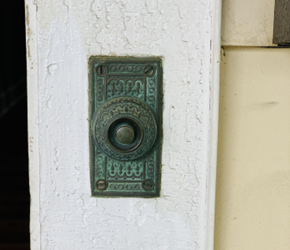
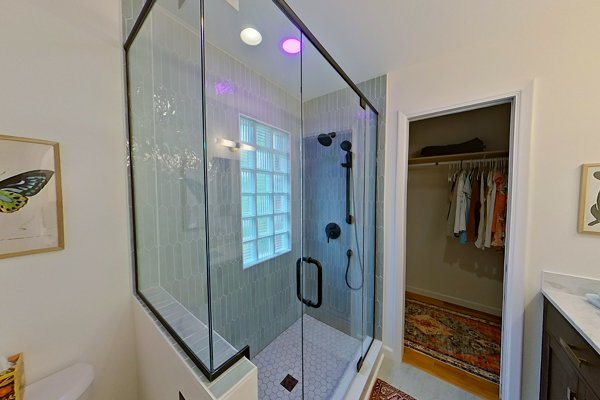
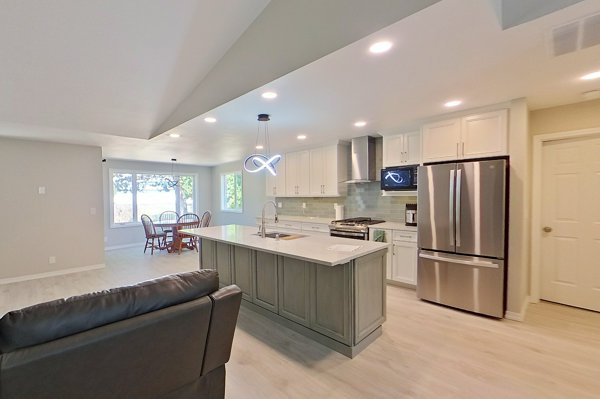
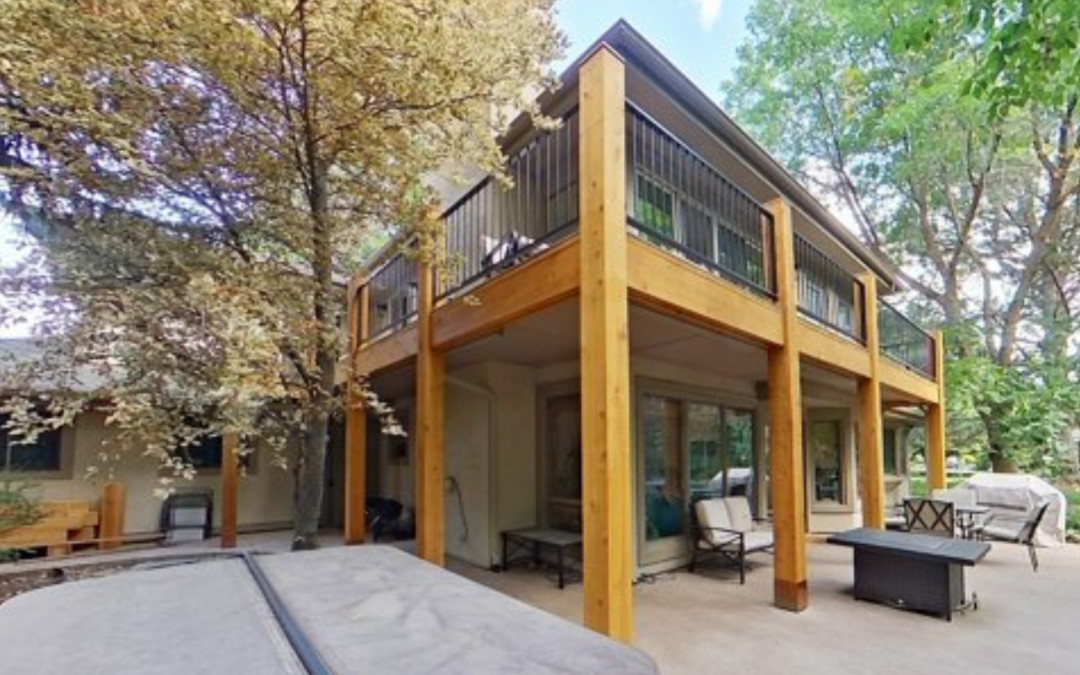
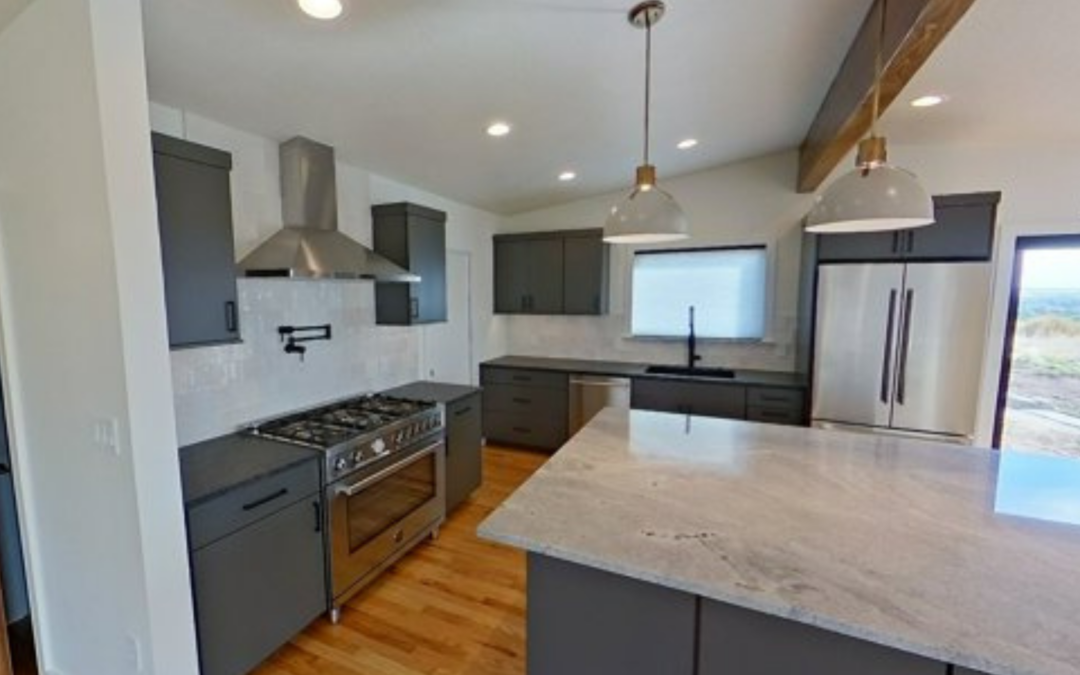
0 Comments